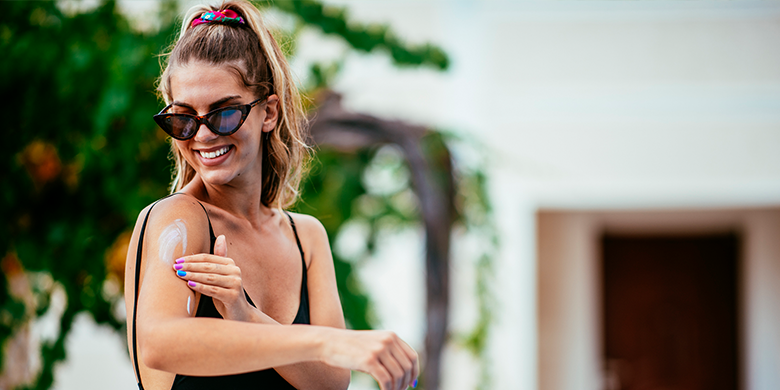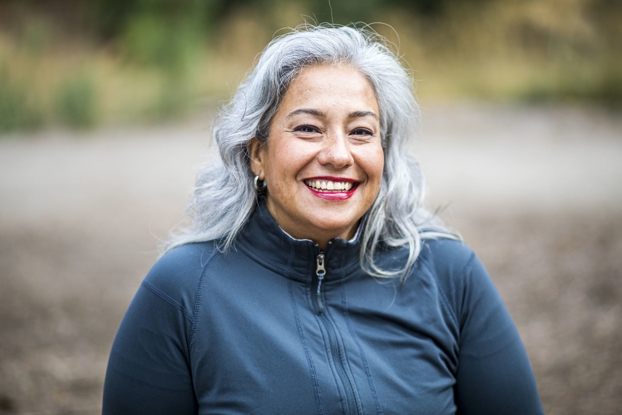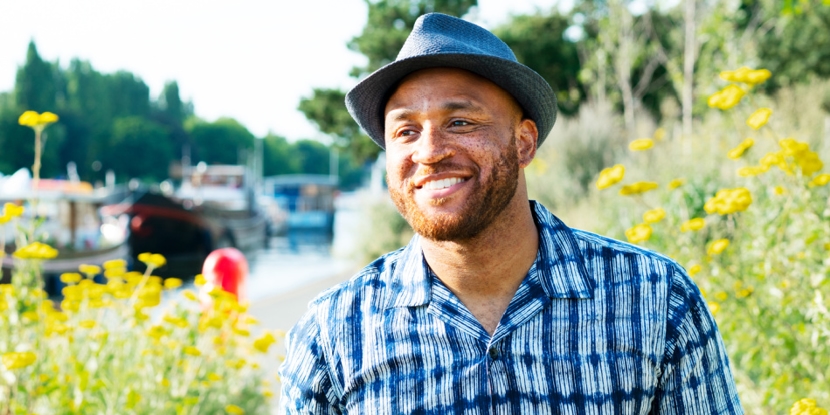Outdoor safety 101: staying safe while having fun in the sun
- Category: Health & Wellness, Primary Care, Skin Care
- Posted On:

Whether you are visiting your favorite shops or enjoying Jazz Fest, spring is a great time to be outside. New Orleans has about 100 sunny days and another 100 partly sunny days each year. With so many sunny days ahead, don’t forget outdoor safety. Learn how the sun affects your skin and brush up on a few outdoor safety basics for skin protection before you enjoy the sun.
How the sun affects your skin
A bright, sunny day usually brings warm (and sometimes toasty) temperatures and better moods, but the sun also adds an element of danger to the day.
Exposure to the sun’s UV rays or ultraviolet rays, increases the risk of developing skin cancers and can cause the skin to show signs of aging, such as wrinkles and sun spots.
UV radiation comes in two main types: UVA rays, which are primarily responsible for skin aging and eye damage, and UVB rays, which cause sunburns, skin aging and skin cancers. There’s also a third type of UV rays, UVC rays, which don’t make it to the earth’s surface because they’re absorbed by the atmosphere.
UV exposure is a factor any time you’re outdoors, but you can still enjoy the sun. Practice sun safety by taking steps to protect your skin from the sun—and you can have a blast with your crew on your next day out at a spring festival or on a biking adventure.
5 tips to stay safe in the sun
Sun safety doesn’t have to ruin the fun! Implementing these five steps into your routine can amp up the safety without much fuss:
1. Choose your outdoor time wisely. The sun’s UV rays are most intense between 10 am and 3 pm. If possible, schedule outdoor plans for before or after those times with an early morning bike ride or an after-work walk with the family.
2. Always wear sunscreen. Before going outside, apply a broad-spectrum sunscreen with an SPF of at least 30 to all exposed skin. You may think this is only necessary when it’s sunny outside, but UV rays make it to earth even on cloudy days. Reapply a new layer of sunscreen at least every two hours while outdoors, or more often if sweating (hello, NOLA summer) or swimming. Don’t forget that while darker skin tones have more natural protection against harmful rays from the sun, all types of skin can experience sunburn and skin damage if not protected.
3. Consider sun-protective clothing. You can amp up your sun protection by wearing long sleeves and long pants when it’s doable. On the super-hot days, wear clothing containing UPF (the clothing version of sunscreen) alongside a thick layer of sunscreen on exposed skin. You can also opt for dark- or bright-colored clothing, including red, black and navy blue, which absorb more UV rays than lighter colors. This means UV rays are less likely to penetrate and reach your skin.
4. Stay in the shade. It may be tempting to soak up the sun, but it’s better to bask in the sun’s warmth while slightly shielded from it. Enjoy the beauty of the outdoors from under an umbrella, a patio overhang or the shade of a tree.
5. Top your head with a hat. We know all about the extra pop a good hat can add to an outfit. But when you wear a hat, you can also protect your eyes, ears, face and neck. Choose a wide-brim hat for the best protection, and don’t forget to wear sunglasses with 100% UV protection.
Due for a checkup? Schedule an appointment with a University Medical Center primary care provider.


